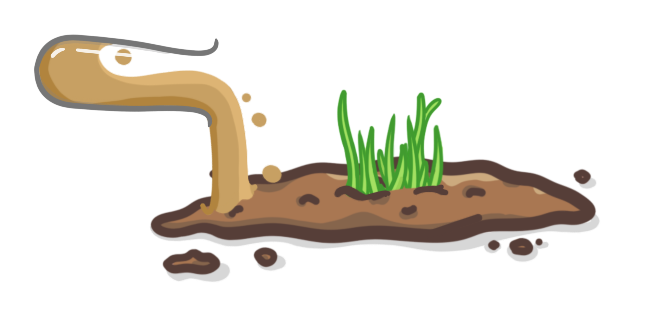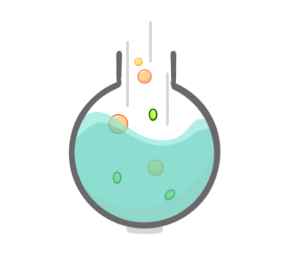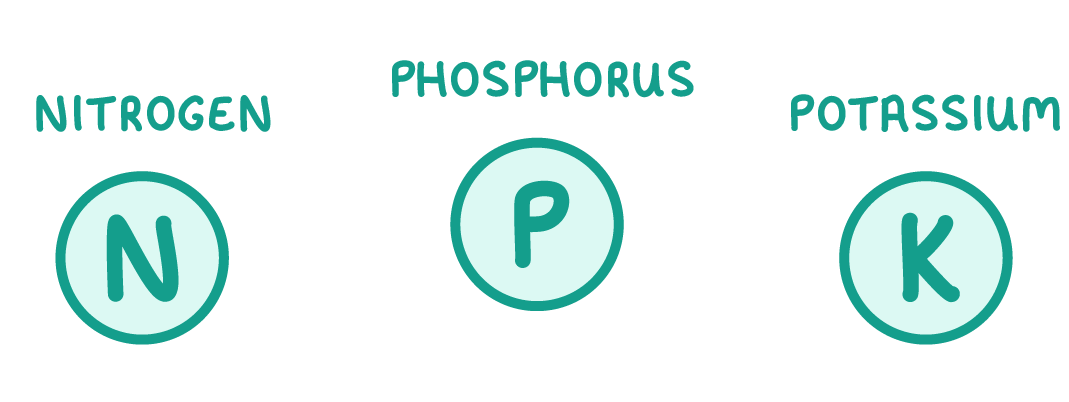NPK Fertilisers
This lesson covers:
- What fertilisers are
- Why we use fertilisers
- How we make fertilisers
NPK fertilisers |
 A fertiliser is a substance that is applied to soil, in order to supply plants with nutrients. |
 |
How fertilisers are made  In the past, fertilisers were usually made from animal waste such as cow manure. Now though, we tend to use formulated fertilisers, which are made in factories. |
Formulated fertilisers  A formulation is a mixture that has been designed as a useful product. So if we make fertilisers by combining certain chemicals in a specific ratio, then we would call it a formulated fertiliser. |
What formulated fertilisers contain  The three main elements that plants needs from the soil are are nitrogen (N), phosphorus (P), and potassium (K). For this reason, fertilisers normally consist mainly of nitrogen, phosphorus, and potassium compounds. This is why we sometimes call them NPK fertilisers. NPK fertilisers are formulations of various salts containing appropriate percentages of these three elements. |
Fertilisers typically contain three essential elements. What are they?
Nitrogen
Phosphorus
Chlorine
Potassium
Magnesium
|
Which part of a plant absorbs minerals ions?
Leaves
Stem
Roots
|
Producing nitrogen (N) fertiliser
|
What is the main reason plants need nitrogen?
To make chlorophyll for photosynthesis
To make fatty acids that can be used to produce triglycerides
To make amino acids that can be used to produce proteins
|
Producing phosphorus (P) fertiliser
|
|
What useful compound is produced when phosphate rock is reacted with phosphoric acid?
Calcium nitrate
Single superphosphate
Triple superphosphate
|
Producing potassium (K) fertiliser
Potassium fertiliser is the simplest to produce. Potassium chloride and potassium sulphate can be both be mined from the ground and then used directly in fertilisers.
The compound KNO3 is used in fertiliser as it provides two essential elements to plants. These are and nitrogen.
|
NPK fertilisers are formulations of different salts.
Explain what is meant by the term 'formulation'.
|
What do plant fertilisers do?
They provide food for plants to grow
They provide mineral ions needed by plants
They help insects pollinate plants
|